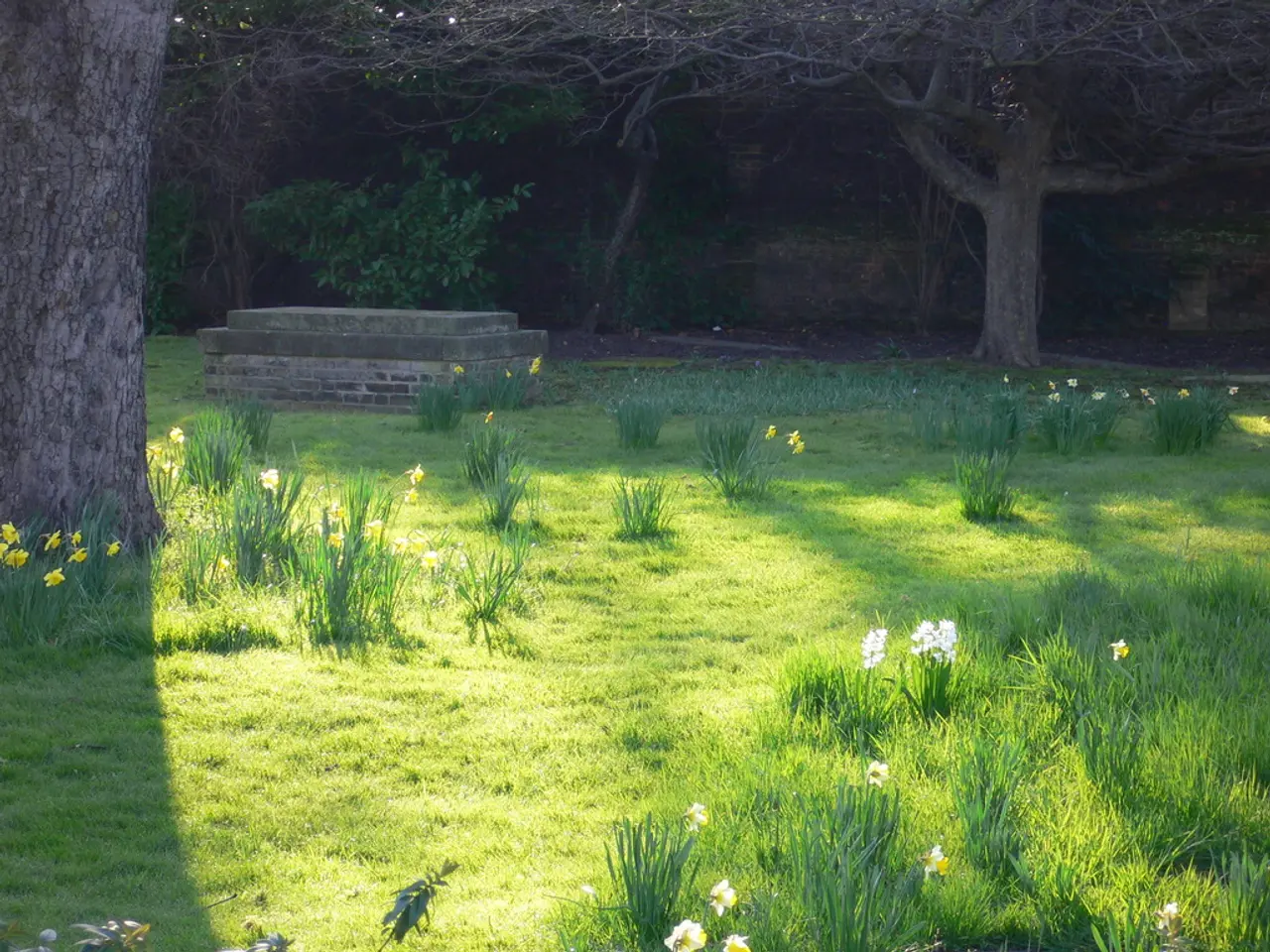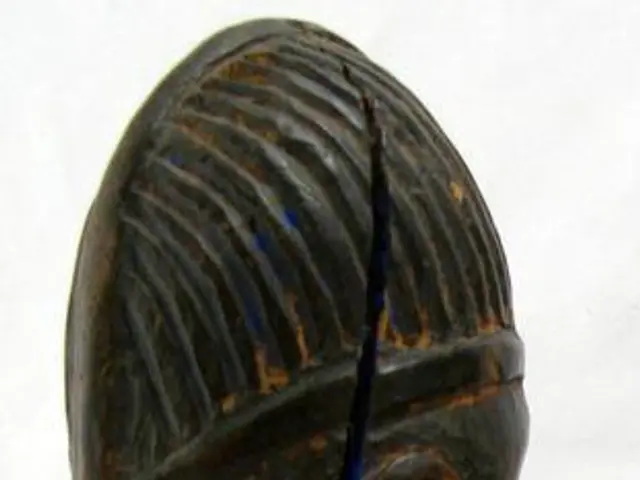Spring's Early Bloomers: How Gardeners Can Save Bees and Butterflies
Spring is a crucial time for pollinators like bees and butterflies, and several plants in Germany are blooming early to provide them with essential nectar and pollen. Gardeners can play a vital role in supporting these declining populations by planting specific flowers, shrubs, and trees.
One such early bloomer is the cornelian cherry (Cornus mas), a shrub that flowers from February to April before its leaves appear. Its small yellow blossoms, with a mild honey scent, are a valuable source of food for bees during this early spring period. Similarly, the butterfly bush (Buddleia davidii) attracts butterflies with its clusters of purple, pink, and white flowers. Other notable pollinator magnets include the black-eyed Susan (Rudbeckia hirta), milkweed (Asclepias spp.), goldenrod (Solidago spp.), blueberry bushes (Vaccinium spp.), bee balm (Monarda didyma), and coneflower (Echinacea purpurea).
These plants not only provide food but also support biodiversity and help maintain healthy ecosystems. However, many pollinator populations are facing declines due to habitat loss, pesticide use, and other factors. By planting these pollinator-friendly species, gardeners can help create vital habitats, ensuring the survival and prosperity of these crucial creatures.
In conclusion, supporting pollinators is essential for maintaining a healthy environment and ensuring the production of fruits, vegetables, and seeds. By planting early-blooming plants like the cornelian cherry, butterfly bush, and others, gardeners can provide much-needed food and shelter for bees and butterflies during their critical early spring period. Let's all do our part to help these vital pollinators thrive.
Read also:
- Budget cuts at federal and state levels jeopardize advancements in fighting HIV and AIDS within Dallas County
- Strategies for Maintaining and Boosting Physical Activity as You Grow Older
- Understanding Prediabetes: A Precursory Condition to Diabetes
- Strategies for Strengthening a Nigerian Infant's Immune System







